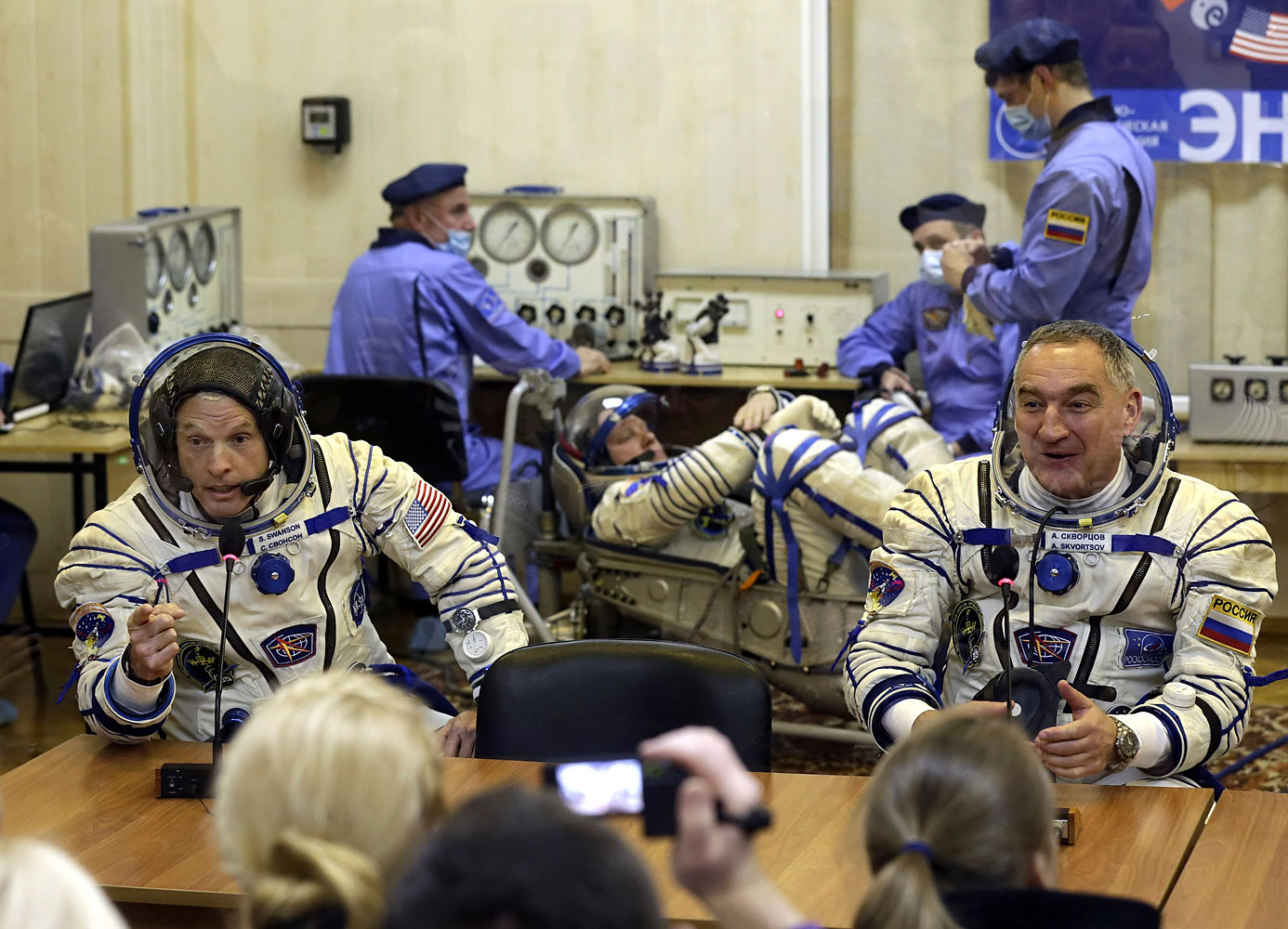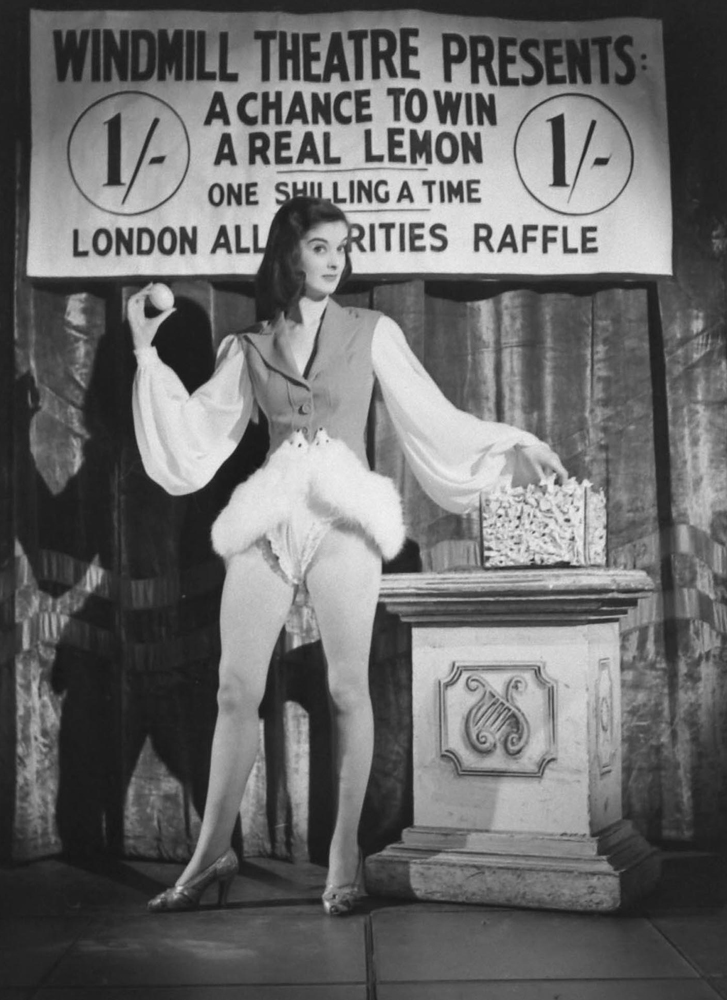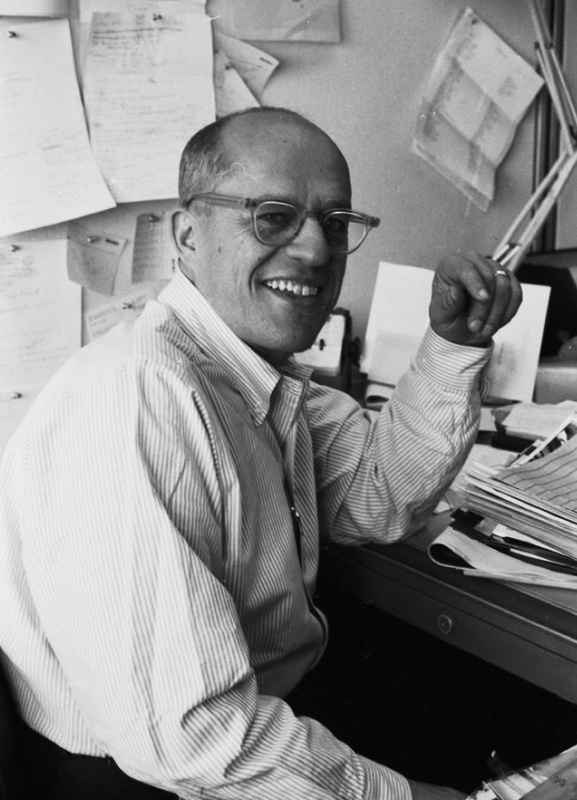
The myth: All photographers, especially in times of crisis or conflict, strive to capture events as they happen—in the moment—in order to convey an accurate, unvarnished picture of those events to their contemporaries and to future generations.
The reality: Nonsense!
Consider, for example, the quite excellent and illustrative career of David E. Scherman, who was a LIFE staff photographer for eight years, from 1939 through 1947. He covered World War II, the liberation of Dachau, world’s fairs, great artists, obscure debutantes, college basketball and countless other topics. But, as Scherman also noted in a 1993 interview with John Loengard, his own concept of photojournalism was “that it’s pictorialism with a meaning. . . . If you didn’t get the picture at the exact instant, you kept the meaning in mind, and you faked the picture, or reframed it. . . . I was enough of a journalist to realize that you invent a good picture. I was the pioneer of the made-up picture. The faked, invented picture.”
During the war [Scherman went on, with some hyperbole] I did nothing but fake pictures. For instance, in England there was a terrible shortage of lemons. We sat around the office in London and said, “How can we illustrate the shortage of lemons?” You can’t photograph a shortage of something. So I said, “Let’s hold an auction at the Windmill Theatre, and let’s have a seminude dancer auction off a lemon to the audience.” It was an instantaneous ‘Picture of the Week.’
“[A] lot of the made-up things were fun. I’ve often kidded Henri Cartier-Bresson about his exact instant, and about us crooks who would fake the exact instant. He and I are still terribly good friends. It didn’t upset him that much.”
In 1953, upon returning to LIFE after a post-war leave of absence, Scherman transitioned—at longtime managing editor Edward K. Thompson’s insistence—from photographer to editor. “I want you to become an editor,” Scherman recalled Thompson telling him, “and claw your way to the top. You weren’t a very good photographer anyhow.”
“So for the next 20 years,” Scherman said, “I clawed my way, not to the top, but somewhere close to the top.”
David E. Scherman was a senior editor at LIFE (see portrait below) when the magazine stopped publishing as a weekly in 1972. He died in 1997.



More Must-Reads from TIME
- Where Trump 2.0 Will Differ From 1.0
- How Elon Musk Became a Kingmaker
- The Power—And Limits—of Peer Support
- The 100 Must-Read Books of 2024
- Column: If Optimism Feels Ridiculous Now, Try Hope
- The Future of Climate Action Is Trade Policy
- FX’s Say Nothing Is the Must-Watch Political Thriller of 2024
- Merle Bombardieri Is Helping People Make the Baby Decision
Contact us at letters@time.com